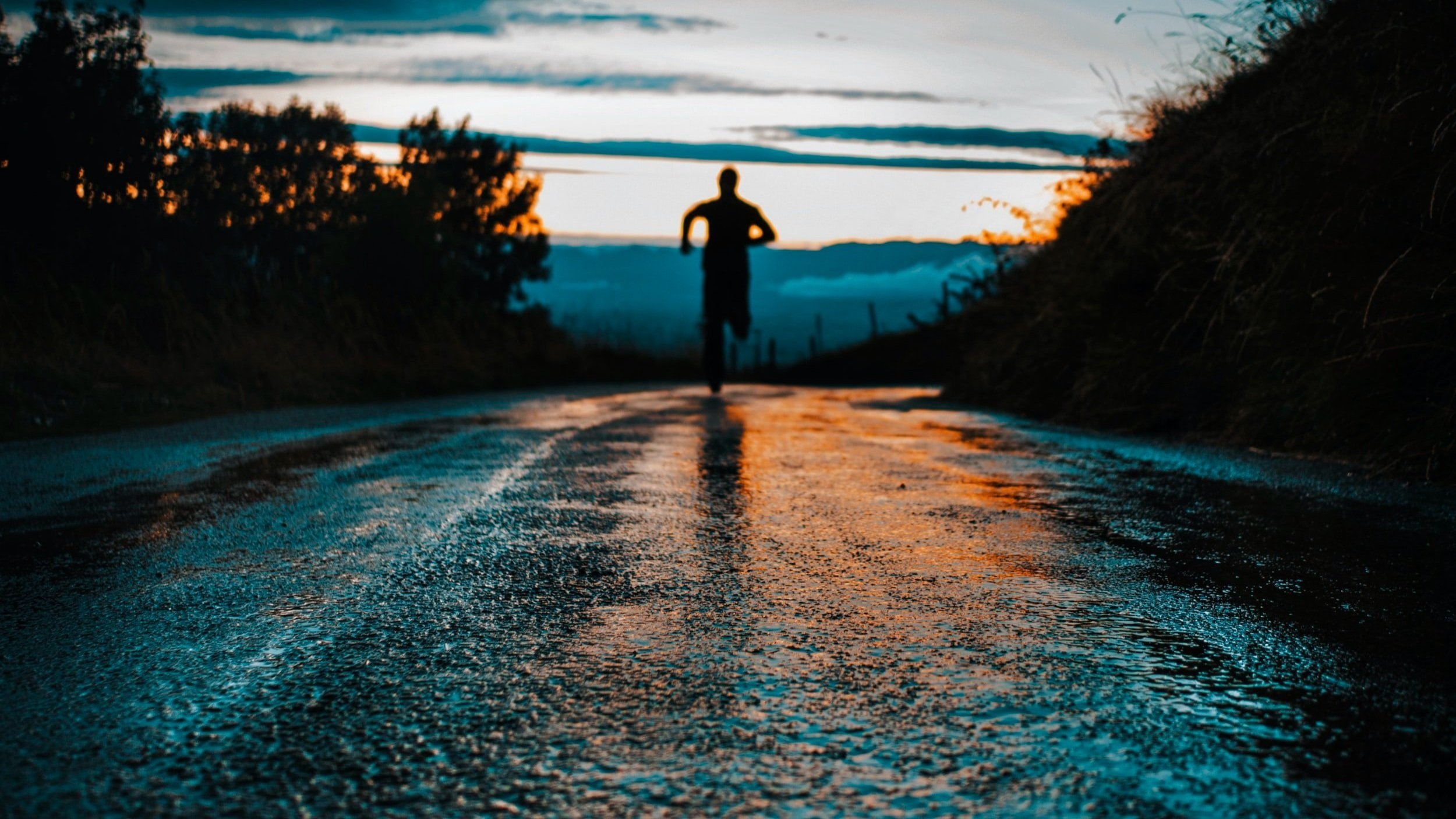
News & Articles
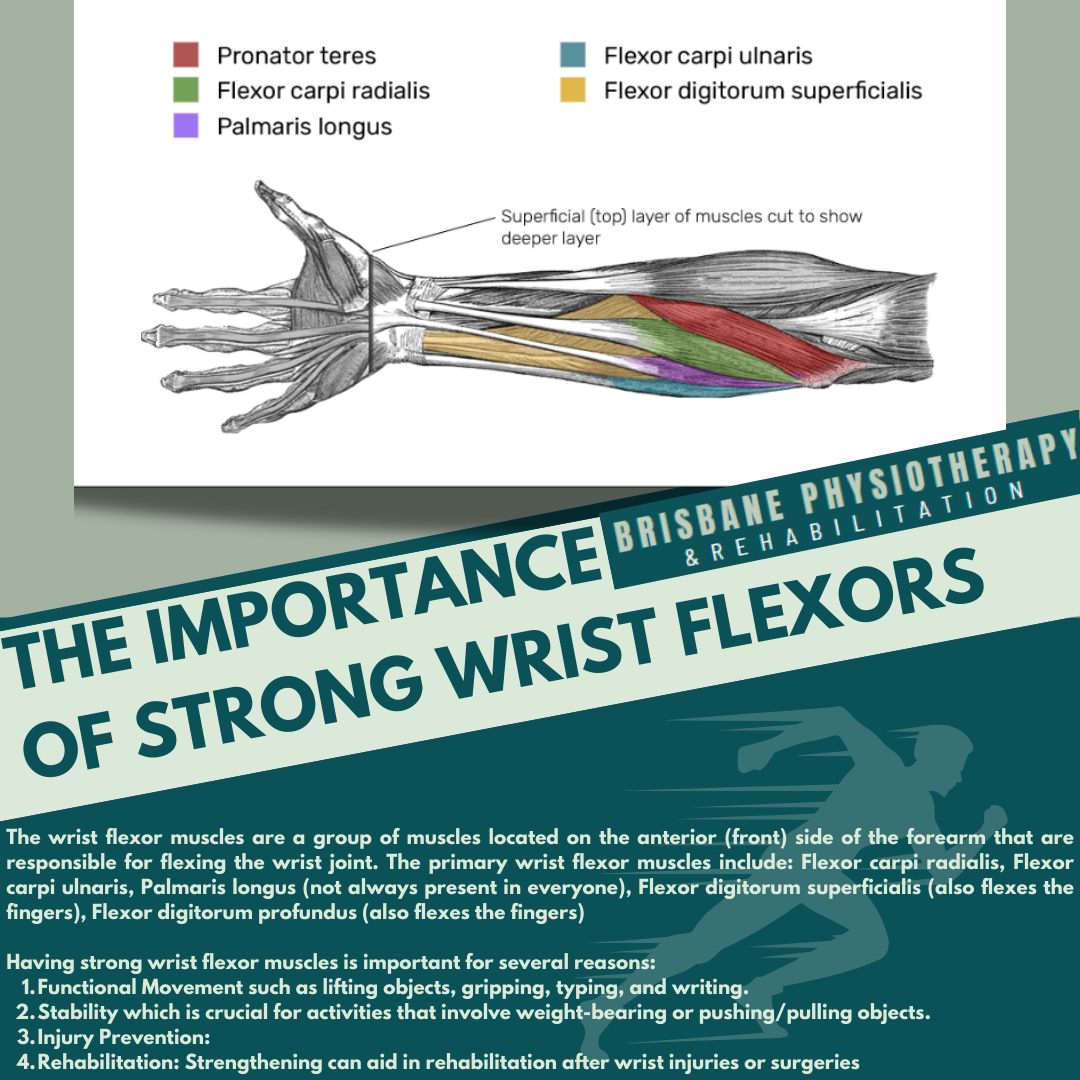
The Importance of Having Strong Wrist Flexor Muscles
The wrist flexor muscles are a group of muscles located on the anterior (front) side of the forearm that are responsible for flexing the wrist joint, which means they help in bending the wrist downward.
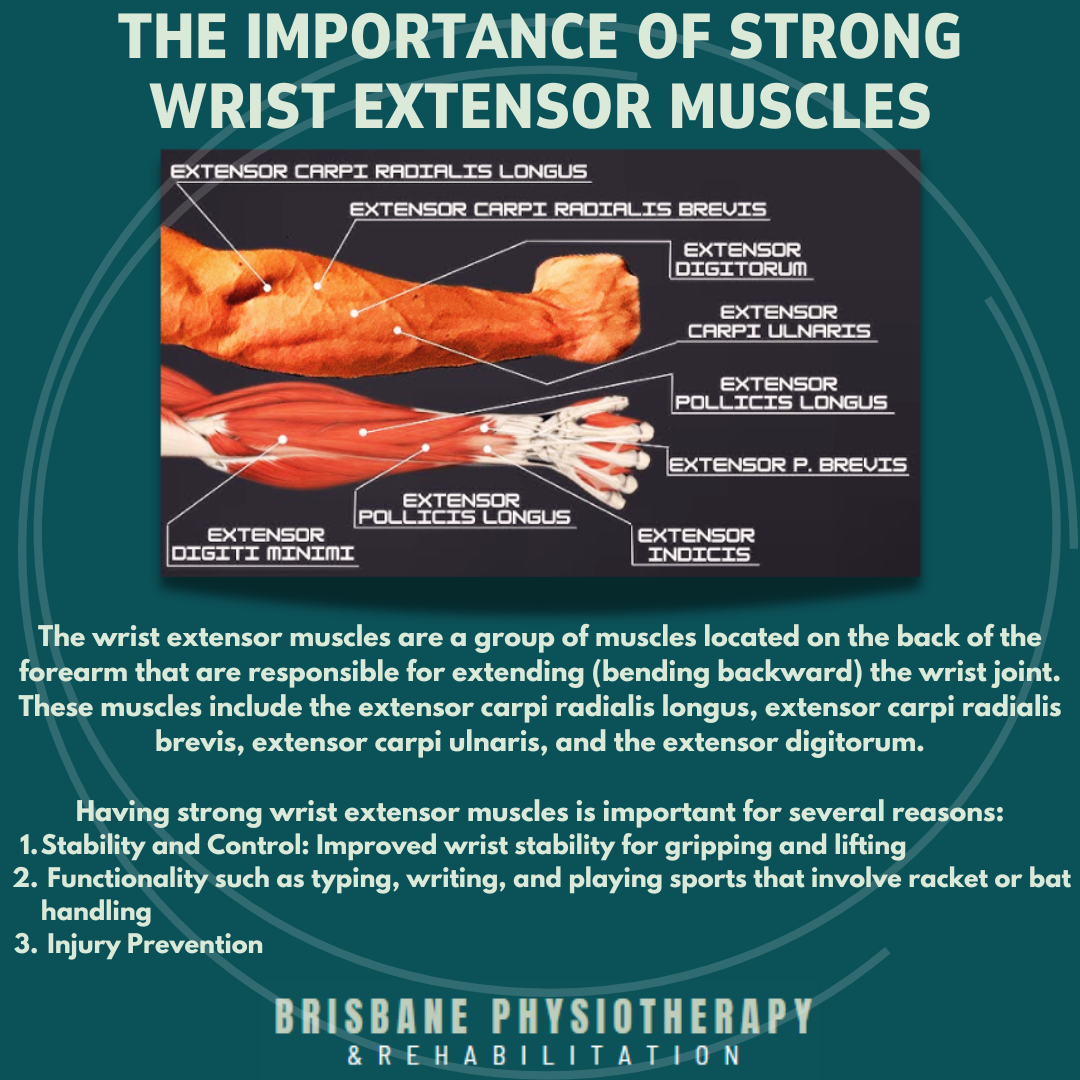
The Importance of Having Strong Wrist Extensor Muscles
The wrist extensor muscles are a group of muscles located on the back of the forearm that are responsible for extending (bending backward) the wrist joint.
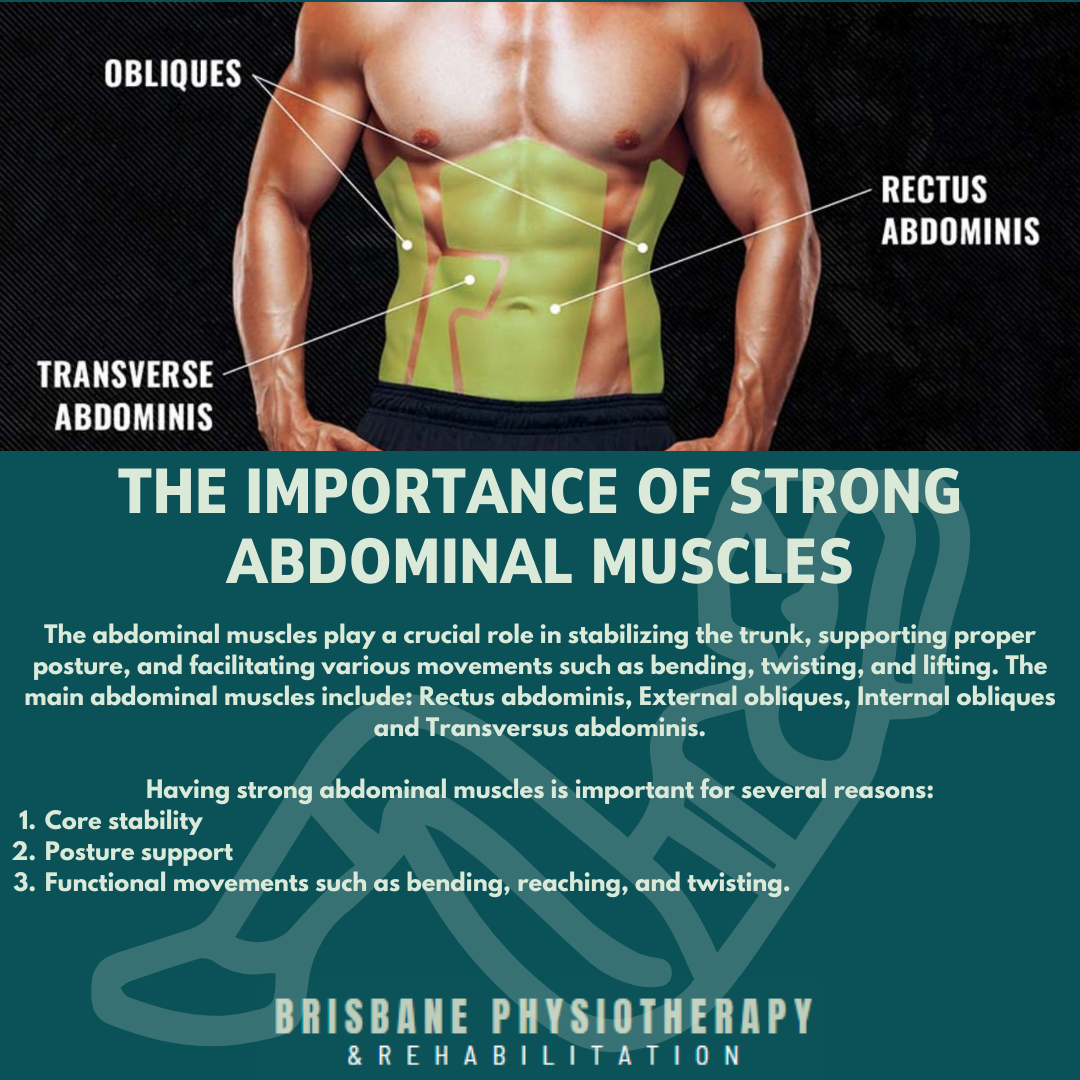
The Importance of Having Strong Abdominal Muscles
The abdominal muscles, also known as the abs, are a group of muscles located in the abdomen or belly region.

The Importance of Having Strong Hip Flexor Muscles
The hip flexor muscles are a group of muscles located in the front of your hip and upper thigh region.

The Importance of Having Strong Hamstring Muscles
The hamstring muscles are a group of three muscles located at the back of the thigh: the semimembranosus, semitendinosus, and biceps femoris.
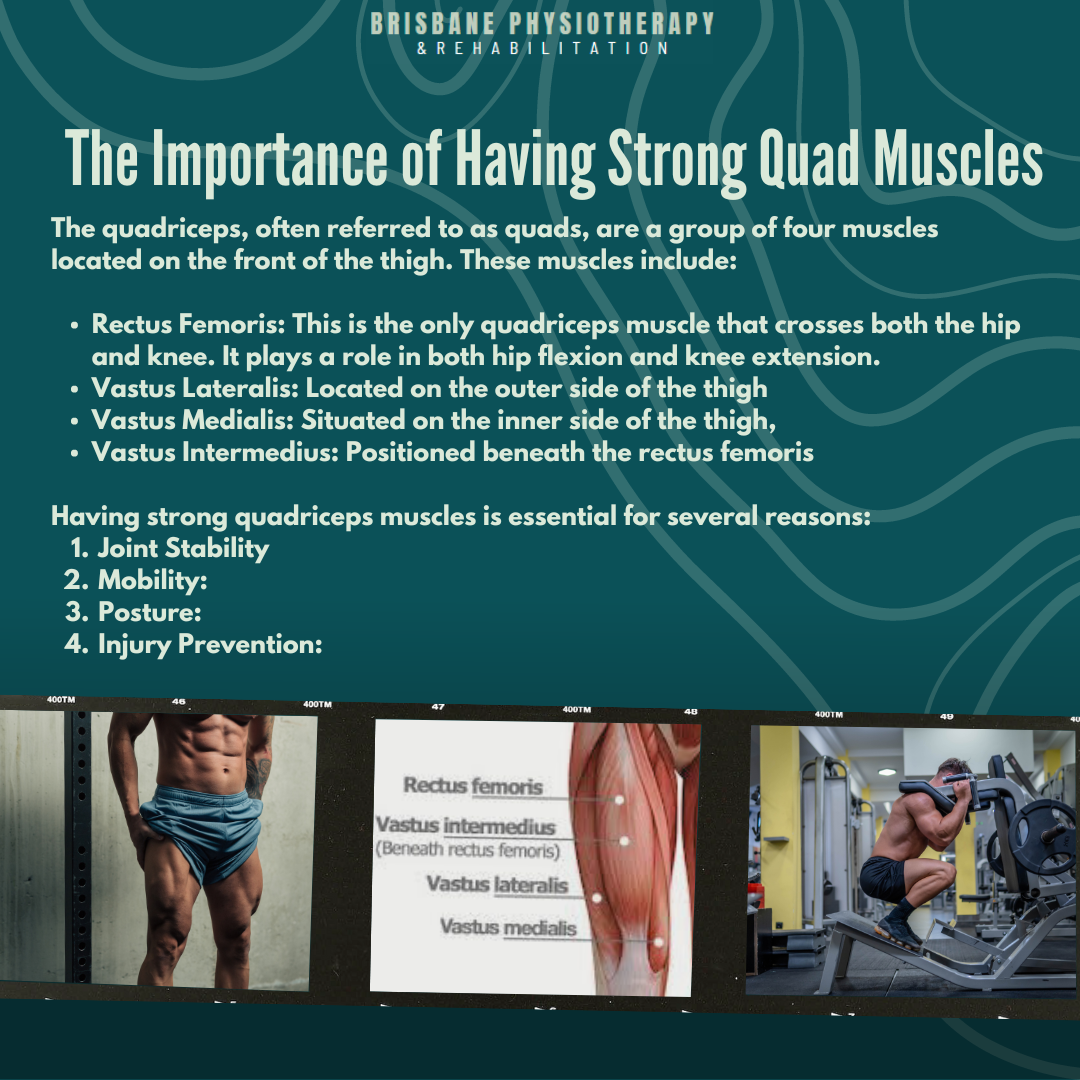
The Importance of Having Strong Quadriceps Muscles
The quadriceps, often referred to as quads, are a group of four muscles located on the front of the thigh.

The Importance of Having Strong Calf Muscles
The calf muscles, also known as the triceps surae, are located at the back of the lower leg. They consist of two main muscles: the gastrocnemius and the soleus. These muscles play a crucial role in various movements such as walking, running, jumping, and standing. They are responsible for plantar flexion, which is the movement that points the foot downward, as well as providing stability to the ankle and lower leg.

The Importance of Having Strong Glute Muscles
The glute muscles, or gluteal muscles, are a group of three muscles located in the buttocks region

What is Costochondritis?
Costochondritis is a condition characterized by inflammation of the cartilage that connects a rib to the breastbone (sternum), known as the costochondral junction.
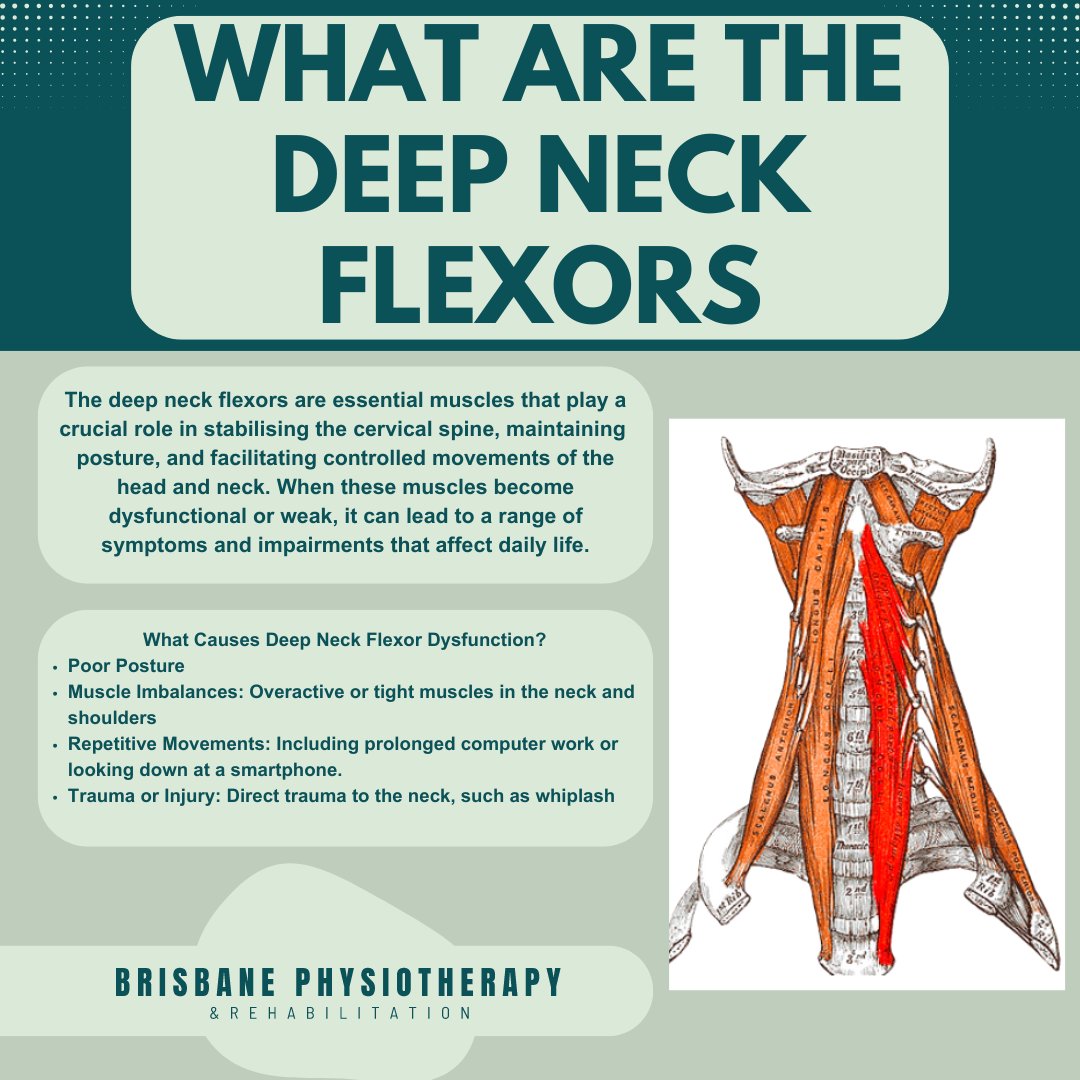
What are the Deep Neck Flexors?
The deep neck flexors are essential muscles that play a crucial role in stabilising the cervical spine, maintaining proper posture, and facilitating controlled movements of the head and neck.